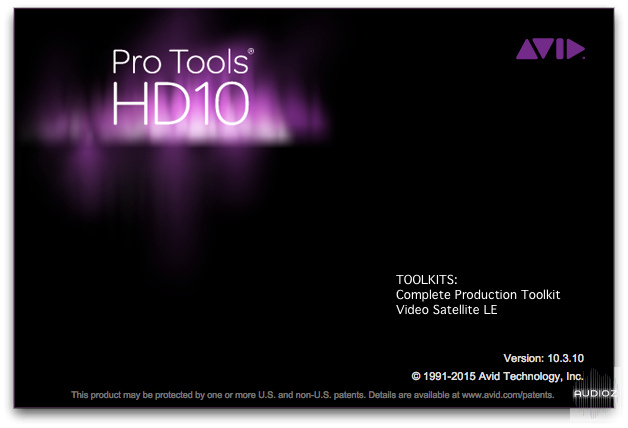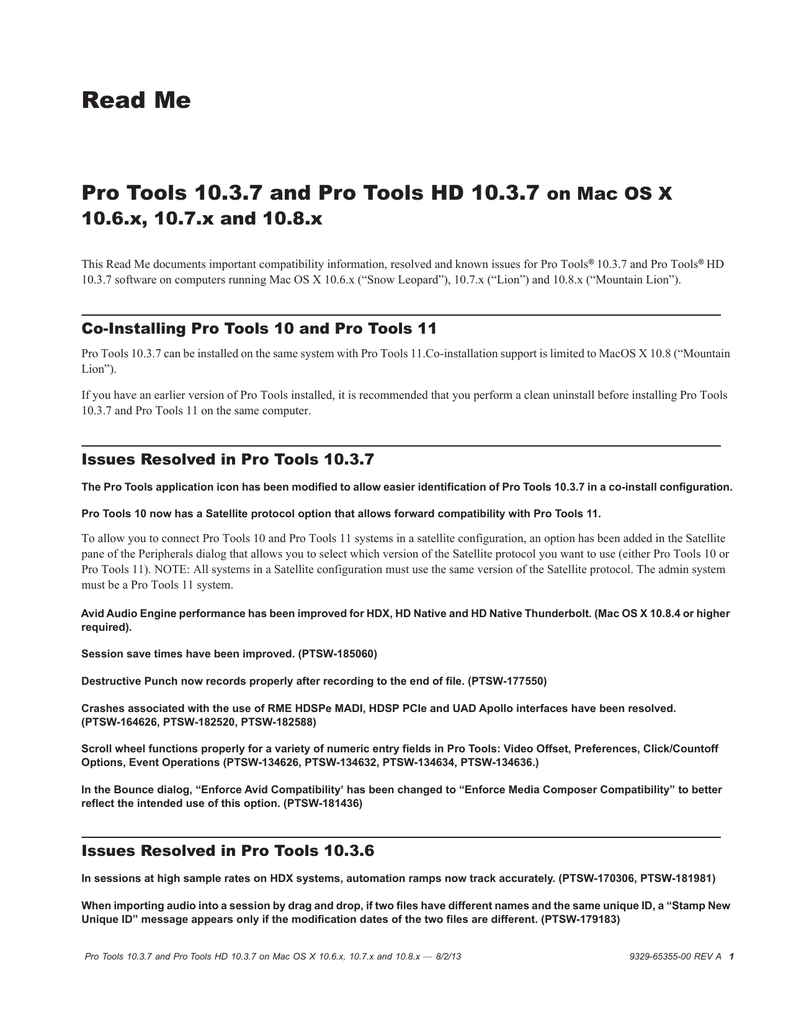How to get updates for macOS Mojave or later
If you've upgraded to macOS Mojave or later, follow these steps to keep it up to date:
Pro Tools LE 7.4.2cs4 Update (Mac OS X Leopard) 0 MB Pro Tools LE 7.0 to 7.1 Update for Mac OS X 0 MB Pro Tools LE 7.0 to 7.1 Update for Windows XP 0 MB.
- An Introduction to Pro Tools 10. Pro Tools 10 is a digital non-linear editing system that is manufactured by Avid Technology. The Pro Tools computer program is one of the company’s many audio and video products. The firm issued Version 10 in 2011, which has been superseded by numerous versions but works well on older computer systems.
- Download the latest version of Pro Tools for Mac - Professional audio editor and mixer. Read 12 user reviews of Pro Tools on MacUpdate.
- Avid has now qualified Pro Tools 12 for use with the latest Macintosh operating system, OS X 10.11 El Capitan. The current list of system requirements for Pro Tools 12 are: Mac: Intel Mac with Mac OS X 10.8.5, 10.9.0 – 10.9.5, 10.10.0 – 10.10.5, or 10.11 – 10.11.1 Intel Core i5 processor 4GB RAM (8GB or more required for video playback).

- Choose System Preferences from the Apple menu , then click Software Update to check for updates.
- If any updates are available, click the Update Now button to install them. Or click ”More info” to see details about each update and select specific updates to install.
- When Software Update says that your Mac is up to date, the installed version of macOS and all of its apps are also up to date. That includes Safari, iTunes, Books, Messages, Mail, Calendar, Photos, and FaceTime.
To find updates for iMovie, Garageband, Pages, Numbers, Keynote, and other apps that were downloaded separately from the App Store, open the App Store on your Mac, then click the Updates tab.

To automatically install macOS updates in the future, including apps that were downloaded separately from the App Store, select ”Automatically keep my Mac up to date.” Your Mac will notify you when updates require it to restart, so you can always choose to install those later.
How to get updates for earlier macOS versions
If you're using an earlier macOS, such as macOS High Sierra, Sierra, El Capitan, or earlier,* follow these steps to keep it up to date:
- Open the App Store app on your Mac.
- Click Updates in the App Store toolbar.
- Use the Update buttons to download and install any updates listed.
- When the App Store shows no more updates, the installed version of macOS and all of its apps are up to date. That includes Safari, iTunes, iBooks, Messages, Mail, Calendar, Photos, and FaceTime. Later versions may be available by upgrading your macOS.
To automatically download updates in the future, choose Apple menu > System Preferences, click App Store, then select ”Download newly available updates in the background.” Your Mac will notify you when updates are ready to install.

* If you're using OS X Lion or Snow Leopard, get OS X updates by choosing Apple menu > Software Update.
Pro Tools 10 For Mac Os X 10.10

How to get updates for iOS
Learn how to update your iPhone, iPad, or iPod touch to the latest version of iOS.
Pro Tools 10 Mac Os X 10.6.8
Learn more
Pro Tools 10 Mac Os X Mavericks
- Learn how to upgrade to the latest version of macOS.
- Find out which macOS your Mac is using.
- You can redownload apps that you previously downloaded from the App Store.
- Your Mac doesn't automatically download large updates when it's using a Personal Hotspot.
